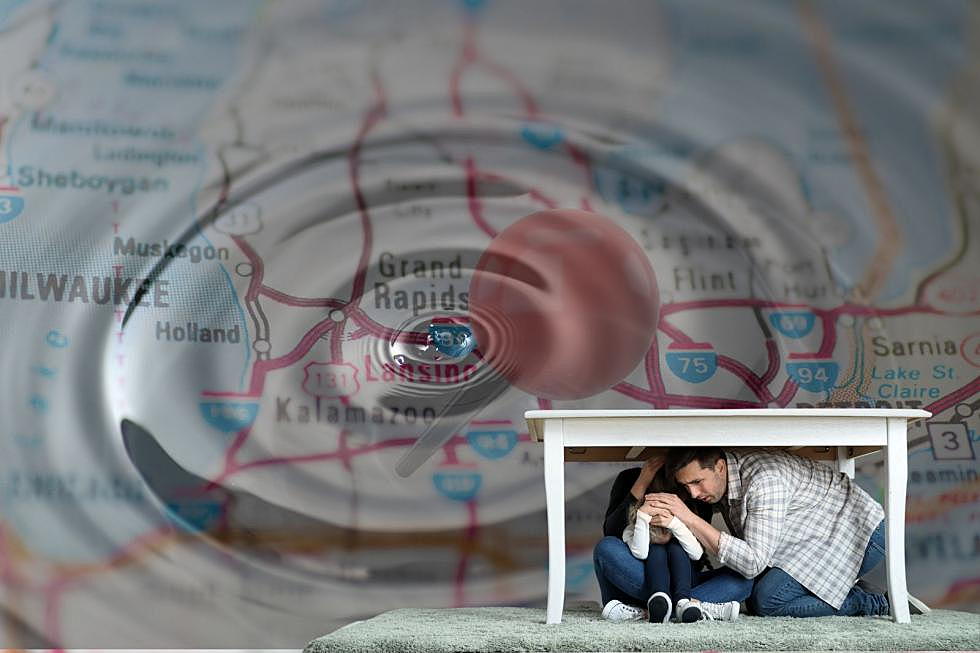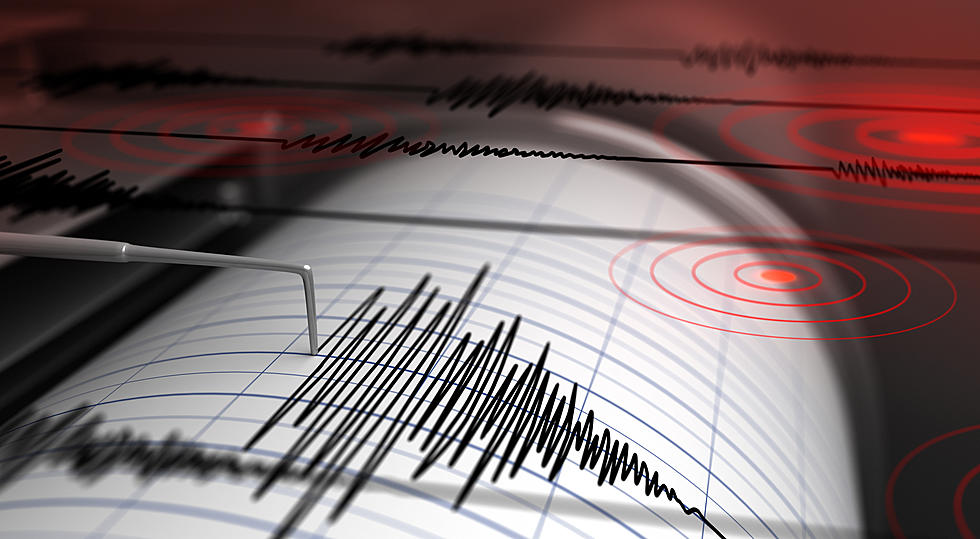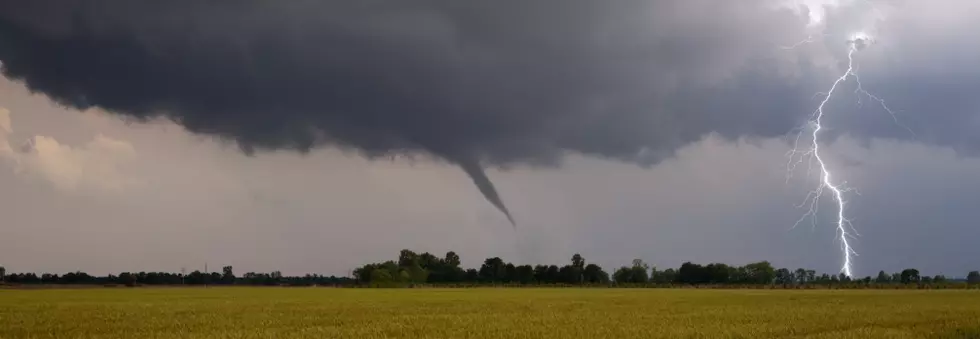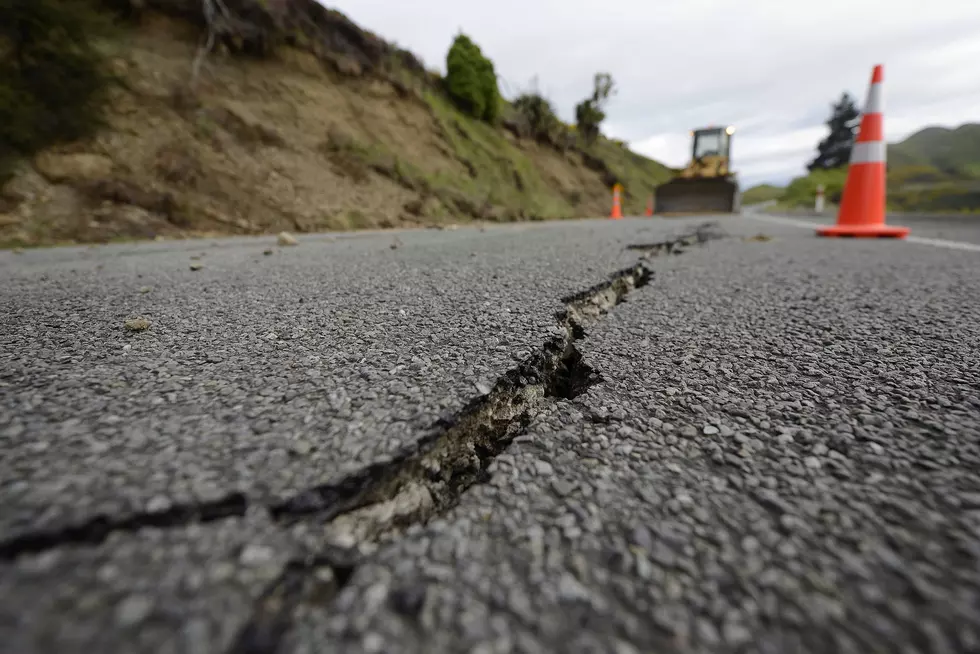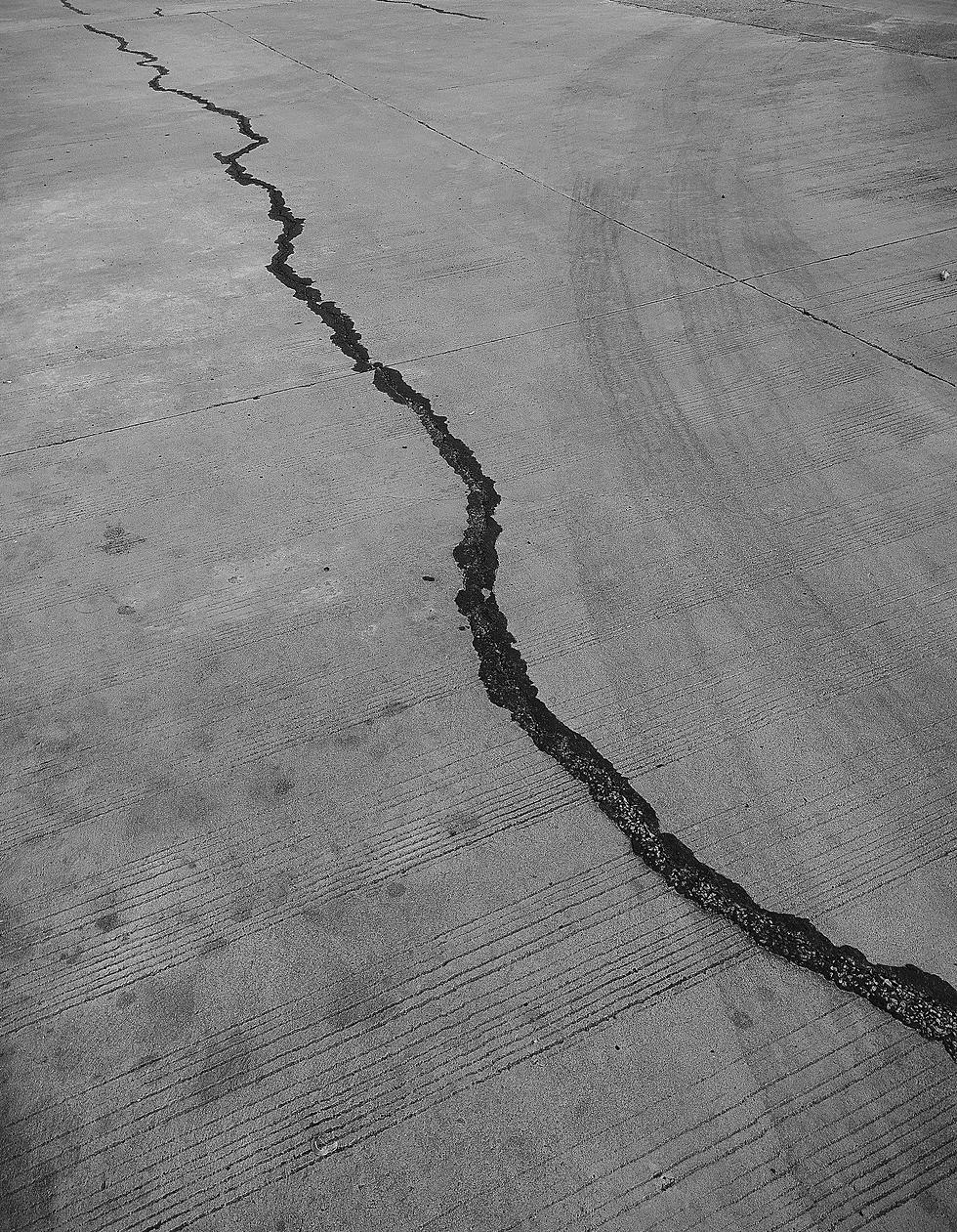
Two People In Kalamazoo Reported Feeling Minor Southern Indiana Earthquake
There was a minor earthquake in southcentral Indiana recently measuring a 3.8 on the Richter scale. From a distance of 190 miles way, two Kalamazoo residents reported feeling the shaking.
The tremor struck in the afternoon of June 17 with an epicenter near Bloomingdale, a town north of Terre Haute and due west of Indianapolis.
It seems somewhat inconceivable that the quake could be felt nearly 200 miles away in Kalamazoo, but according to the Did You Feel It survey, a self-reporting system set up by the US Geologic Survey, two reports came in from Kalamazoo, one from the 49007 Zip Code and another from 49009. Other Michigan reports came from Holland, Albion, Coldwater and several other spots in the southwest corner of the state.
The Did You Feel it report for this event also includes rumbles felt in Meridian, Idaho (1527 miles from the epicenter), Las Vegas (1540 miles) and Costa Mesa, California (1751 miles) leaving the self-reports to be, um, a little suspect.
MLive dug into the reports as well and revealed how it may be possible to feel a small earthquake a great distance away:
you probably had to be sitting on a hard chair that was located on a hard surface. That way the weak trembling transfers through the floor and chair seat into your body and spine. If you are standing during a weak earthquake, your legs will take up the shock, and you won’t feel the earthquake.
So, did you feel it in the Kalamazoo area? The USGS will take your report.
LOOK: The most expensive weather and climate disasters in recent decades
KEEP READING: Get answers to 51 of the most frequently asked weather questions...
More From WKFR
